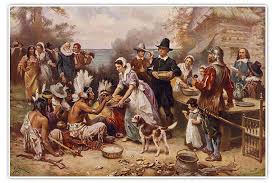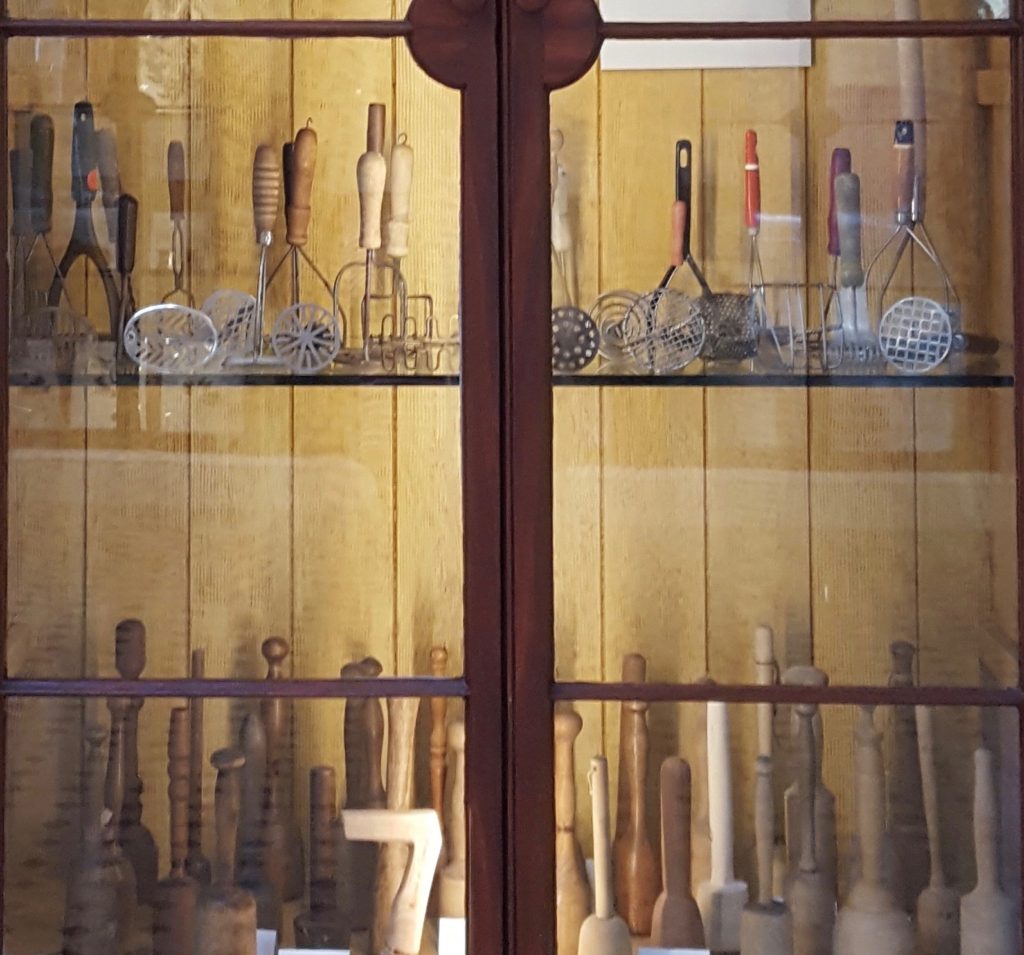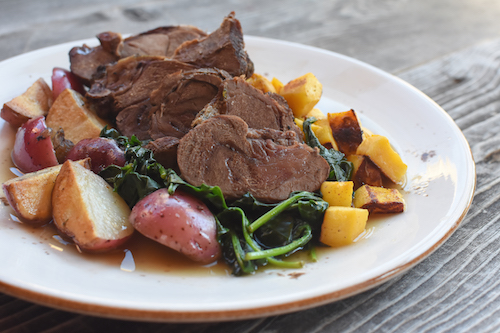
Turkey, stuffing and a side of cranberry sauce defines the Thanksgiving table. After all, it is tradition.
However, it’s not what was on the plate back in 1621 at the first Thanksgiving at Plimoth Plantation. Venison and eel were the main course.
I have to admit, I’m glad the all-American turkey is on the Thanksgiving menu today, along with four other vegetables. The potato and what Native Americans call the three sisters: beans, corn and squash – foods that changed how the world eats; foods we all should give thanks for.

The potato, a South America native, was Mesoamerica’s super-star food. Spanish Conquistadors took it back to Europe as part of what became known as the Columbian exchange. The potato soon covered the world, arriving in North American via the English colonists. Unfortunately, it was a little late for the pilgrim’s feast. The Three Sisters, corn, beans and squash, would have made it to the menu.
To pay homage to what I consider the veggie fantastic four, begin with the potato. Visit the Missouri Botanical Garden’s latest exhibit, The Potato: Apple of the Earth. The exhibit high point for cooks, foodies and gourmands is a case holding over 100 different kinds of potato mashers. Hand-mashed potatoes are, in my opinion, the best, the only kind that should grace the Thanksgiving table.
Beans, corn and squash, along with a variety of pre-European contact foods, are featured at Pueblo Harvest, the on-site restaurant location at the Indian Pueblo Cultural Center in Albuquerque. Chefs create dishes using only foods indigenous to America. That means recipes without beef, pork, chicken, sugar or wheat flour. Instead, mirroring the 1621 Thanksgiving menu, game, fish and native vegetables and herbs play a vital role on Pueblo on the menu.
To recreate a menu using native foods, Pueblo Harvest’s Chef Brent Moore provided a recipe for Elk Pot Roast, which could easily be prepared with venison. As for the potato – find grandma’s vintage potato masher. Give it a try, and hand-mash those potatoes. You’ll be thankful you did.
For more information about Native American/pre-contact foods, visit the Indian Pueblo Cultural Center at indianpueblo.org. To celebrate the potato, come to the Missouri Botanical Garden and view The Potato: Apple of the Earth exhibit, which will be on display through March 17, St. Patrick’s Day. For more information, visit mobot.org.

Pueblo Harvest’s Elk Pot Roast Pre-Contact Dish
1 4-pound elk shoulder (can use venison), deboned and trussed
1 tablespoon kosher salt
1 tablespoon crushed juniper
2 tablespoons vegetable oil
2 carrots
2 stalks celery
2 onions
4 cups vegetable stock
2 bay leaves
1 sprig fresh sage
Heat oven to 350 F. Heat cast iron or heavy-bottom pan on high. Coat elk shoulder with oil and seasoning. Sear all sides. Rough cut veggies and combine all remaining ingredients in a roasting pan with lid. Place seared elk on top of cut vegetables, cover, place in oven, Roast four hours. Remove from oven. Strain liquid and set aside, slice and serve.
Roasted Red Potatoes
5 to 7 red potatoes cut in quarters
1 teaspoon chopped sage
1 teaspoon kosher salt
1 tablespoon vegetable oil
Heat oven to 350 F. Combine all ingredients. Toss until all potatoes are well-coated. Lay on a sheet pan in a single layer. Roast 30 to 35 minutes. Turn potatoes once, halfway through cooking time.
Roasted Acorn Squash
1 acorn squash, peeled, deseeded, and chopped
1 teaspoon kosher salt
1 teaspoon powdered sumac
1 tablespoon vegetable oil
Preheat oven to 350 F. Combine all ingredients. Toss until squash is well-coated. Lay on a sheet pan in a single layer. Roast 30 to 35 minutes. Turn squash once halfway through cooking time.
Wilted Spinach
6 cups spinach
1 tsp. salt
Vegetable oil, as needed
Heat skillet over medium heat, add enough oil to coat bottom. Add spinach and salt. Turn frequently with tongs until spinach is wilted.
Plate all dishes on a round plate. Make three rows with vegetables across the plate. Place slices of elk on top of center row. Pour about 1/2 cup of the reserved elk au jus over the top.





